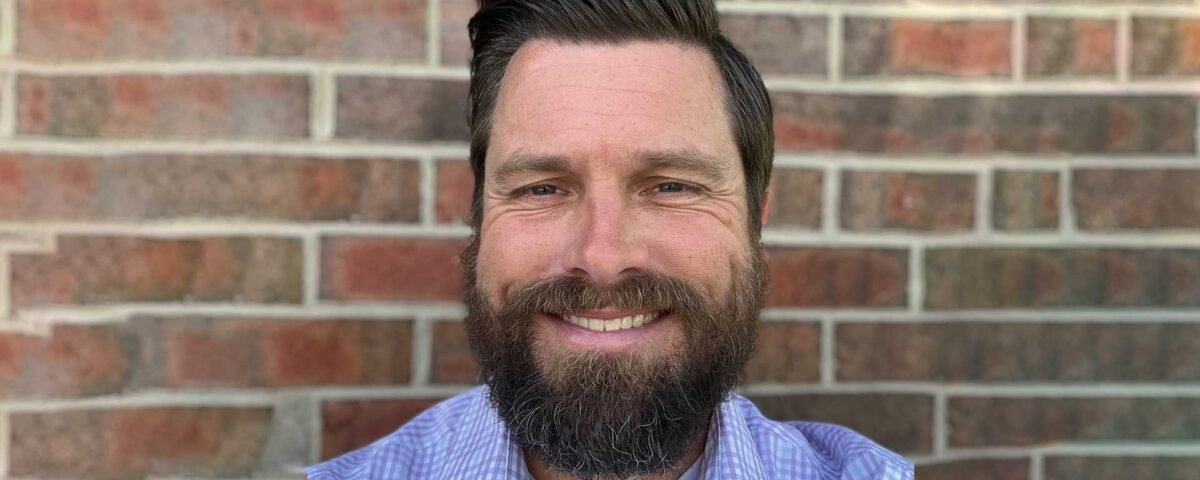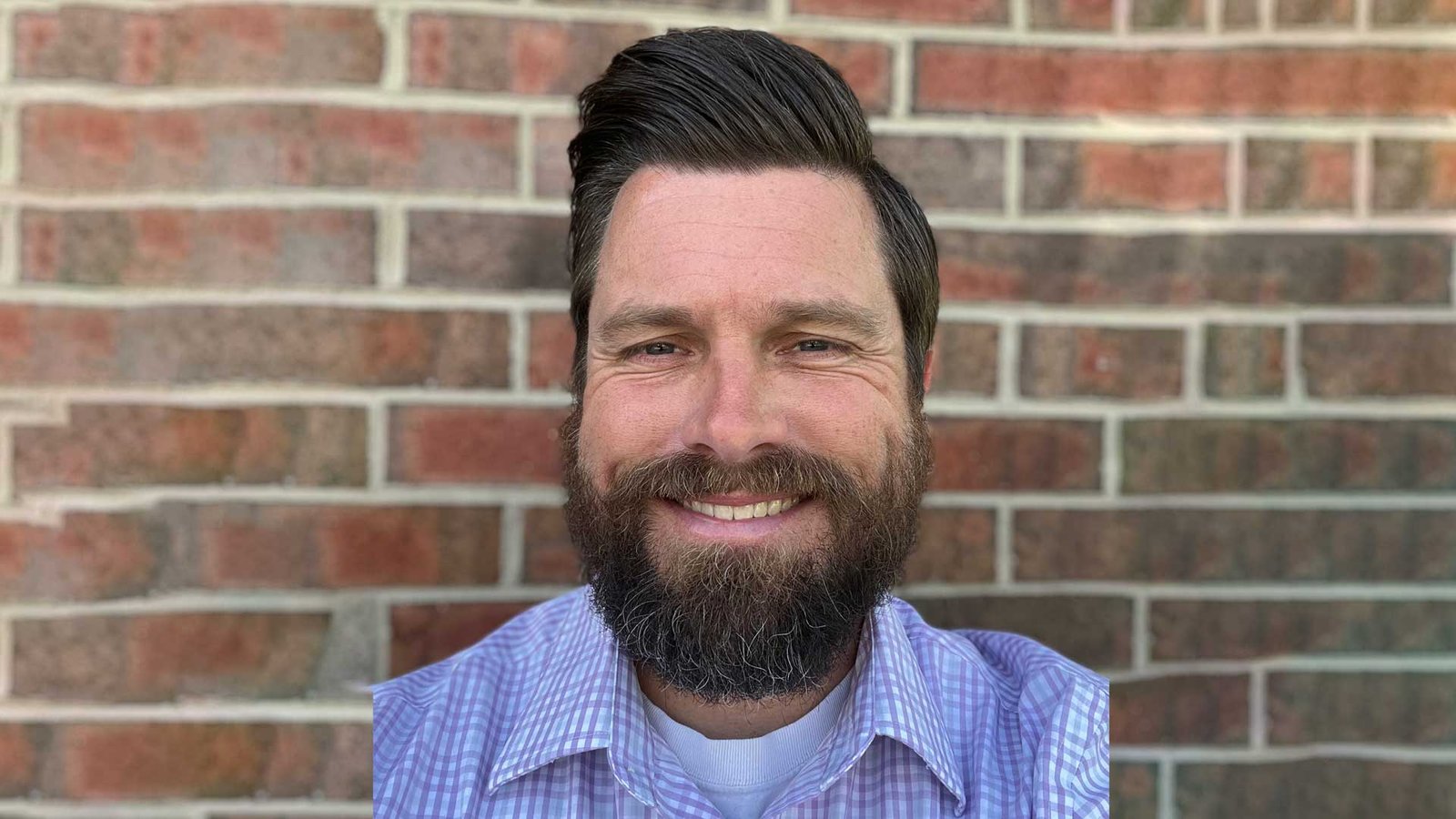1Congratulations on winning the MUSE Design Awards! Can you introduce yourself and share about what inspired you to pursue design as a career?
My name is Thomas Vinson, Compliance Manager and Chemist at Camco Outdoors. Early in my career, I discovered that research, design, and engineering were ways to honor my creativity. To me, the most fulfilling role is developing innovative solutions that help customers solve problems and improve performance.
2What does being recognized in the MUSE Design Awards mean to you?
It means so much to receive this recognition for the TST Pro Drop-Ins, a product I worked so hard on. While I have received patents throughout my career, winning this award for my work is truly an honor.
3How has this achievement impacted your career, team, or agency, and what opportunities has it brought so far?
I have always worked hard to build products recognized beyond the company. Hearing from customers who love the product is incredibly validating, but this recognition marks a true milestone in my career.
4What role does experimentation play in your creative process? Can you share an example?
Experimentation plays a key role in my creative process. It is critical to the success of the product, especially when combining existing legacy product lines with new formulations.
As a result of our experimentation, we identified a gap in our portfolio, which led us to refine our product development process and create the optimal combination of chemistry and packaging design—ultimately delivering a fresh and improved experience for our customers.
5What's the most unusual source of inspiration you've ever drawn from for a project?
Most of our team members are RVers, so we truly understand the challenges and anticipate the needs that arise from living the RV lifestyle—things you wouldn’t even realize you need until you’re in it. For inspiration, I think about how experiences could be simplified or streamlined while spending time outdoors and start jotting ideas down on paper.
I then bring these ideas to the lab and begin testing the performance of different designs. In this case, I considered the variety of toilet types used by campers and RVers and how waste is treated. No matter where you are camping or RVing, you want something that is easy to use, compact for travel, works well, and prevents unwanted odors. With performance top of mind, we were inspired to create TST Pro Drop-Ins.
6What’s one thing you wish more people understood about the design process?
I think there is often a rush to get something to market, but it’s critical to allow time for the proper design steps. For a concept to come to life, it takes weeks, months, and even years to go from idea generation to commercialization. While we do our best to move quickly, it’s most important that the product is impactful and brings value to the market.
7How do you navigate the balance between meeting client expectations and staying true to your ideas?
In my experience, innovation comes at a cost. It’s about staying true to the product, while ensuring its performance is backed by solid data. In my role, I’m creating products that customers don't yet know they need, but will soon find indispensable. Anticipating these needs is essential for maintaining our reputation as an innovator.
8What were the challenges you faced while working on your award-winning design, and how did you overcome them?
There are always challenges to overcome. Early on, our initial challenge was with some of the design concepts since creating a water-soluble pod involved many considerations, such as tooling, cavity shape, and more. We had to continuously refine and adjust the product to improve its design, which eventually resulted in our award-winning product.
9How do you recharge your creativity when you hit a creative block?
Personally, I recharge my creativity by diving back into market research and putting myself in the customer’s shoes. This helps me identify demand areas and growth opportunities to better fill gaps and address customer needs.
10What personal values or experiences do you infuse into your designs?
The two most important things to me are ease of use and data. Having data to back up our product’s performance is essential to our designs. It helps us provide clear instructions and gives us confidence that the product will resonate with our customers.
11What is an advice that you would you give to aspiring designers aiming for success?
Treat failure as an opportunity for growth, and always go after the projects that improve quality of life or solve a problem for a customer.
12If you could collaborate with any designer, past or present, who would it be and why?
My grandparents influenced me greatly. My grandmother was a chemist, and my grandfather held several patents with IBM. It would be amazing to collaborate with them and understand how design processes were different back then.
My grandparents influenced me greatly. My grandmother was a chemist, and my grandfather held several patents with IBM. It would be amazing to collaborate with them and understand how design processes were different back then.
13What's one question you wish people would ask you about your work, and what's your answer?
I think many people underestimate the work involved in research, design, and engineering. I wish more people would ask me, “What’s the most impactful part of your job?” My response would be that I get to work cross-functionally to support all aspects of the business.
This part of my role is critical to developing new products. My goal is to lead by example—with integrity, humility, and a willingness to do whatever is asked—while also collaborating with others to design solutions.








